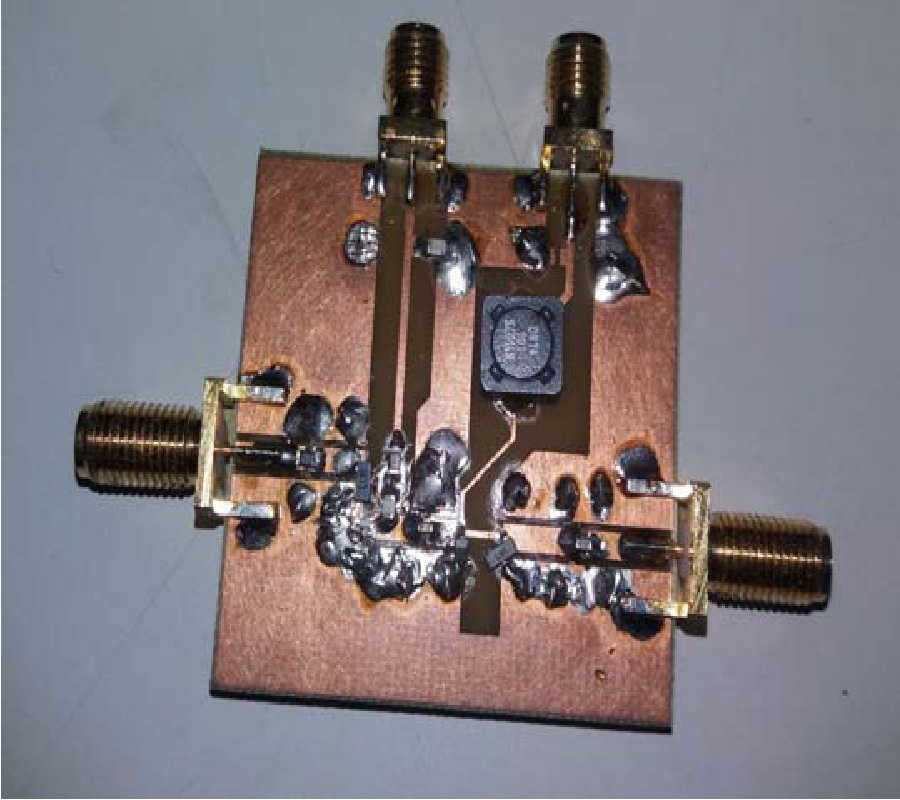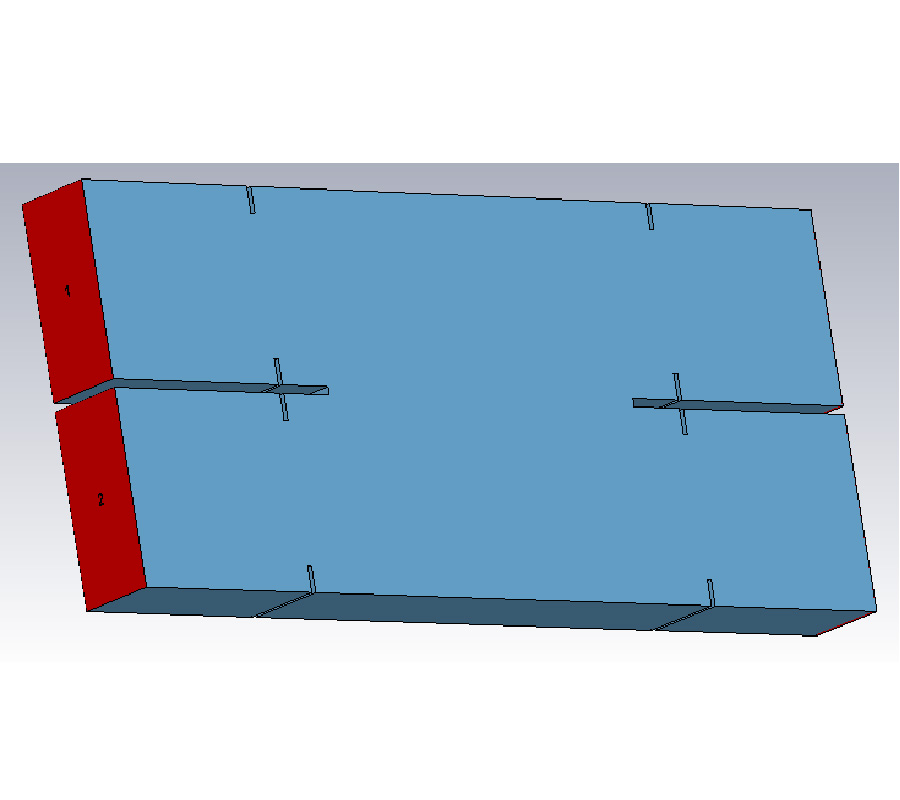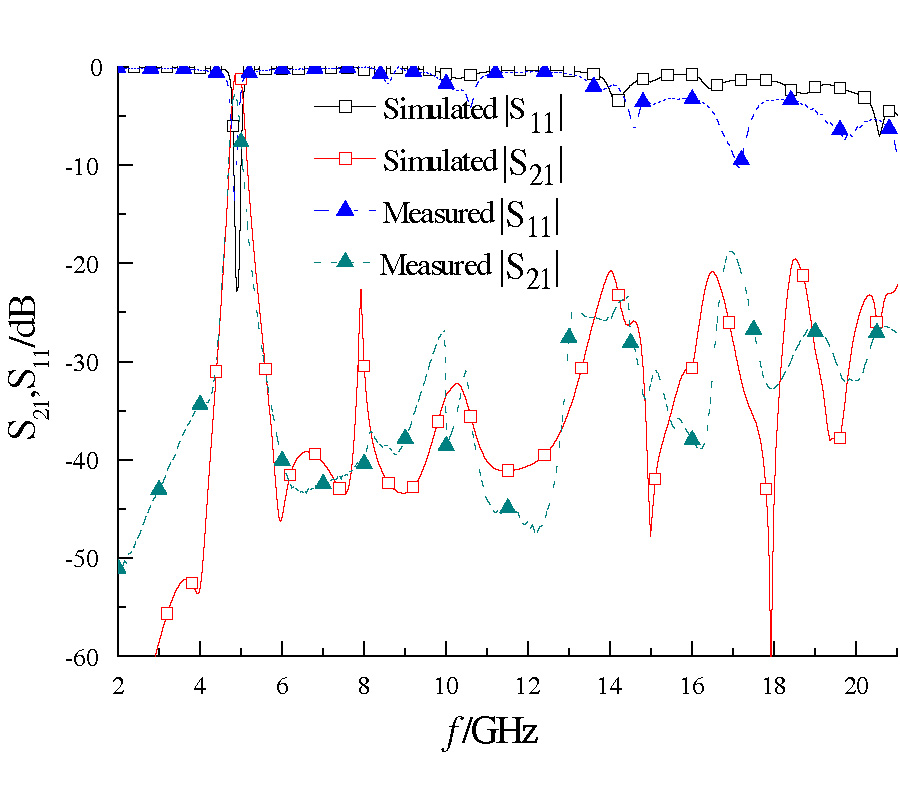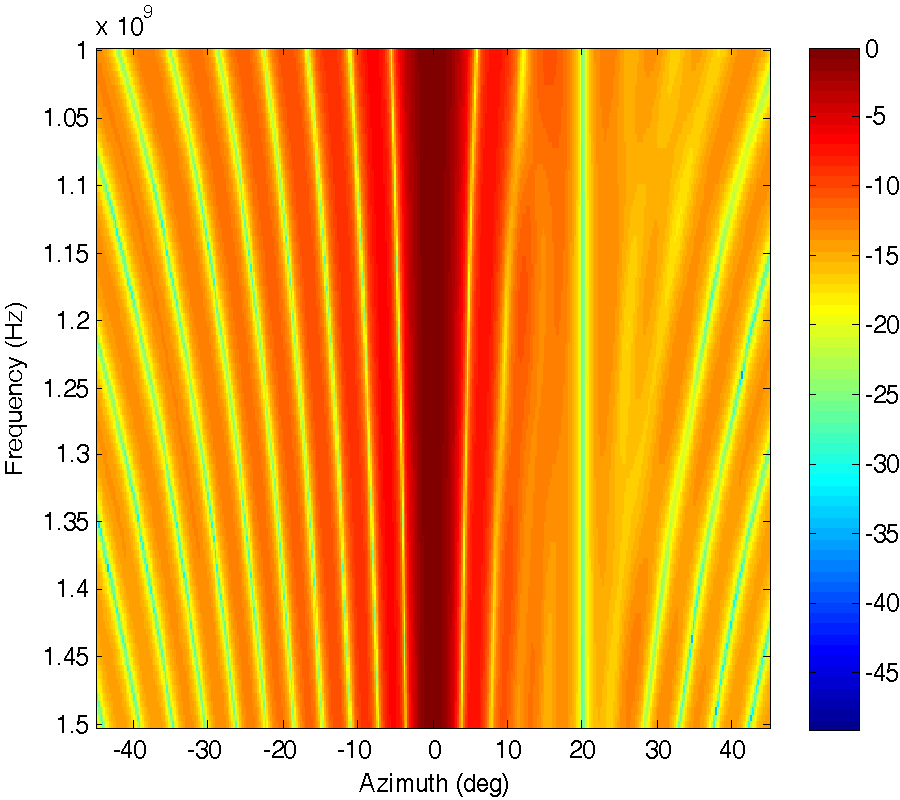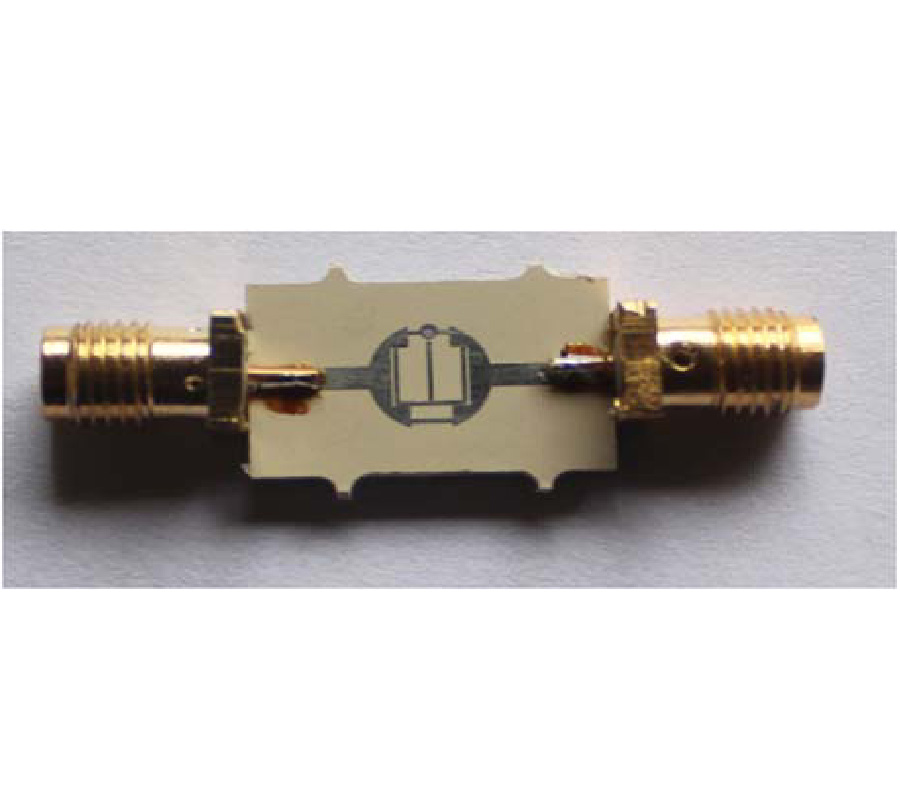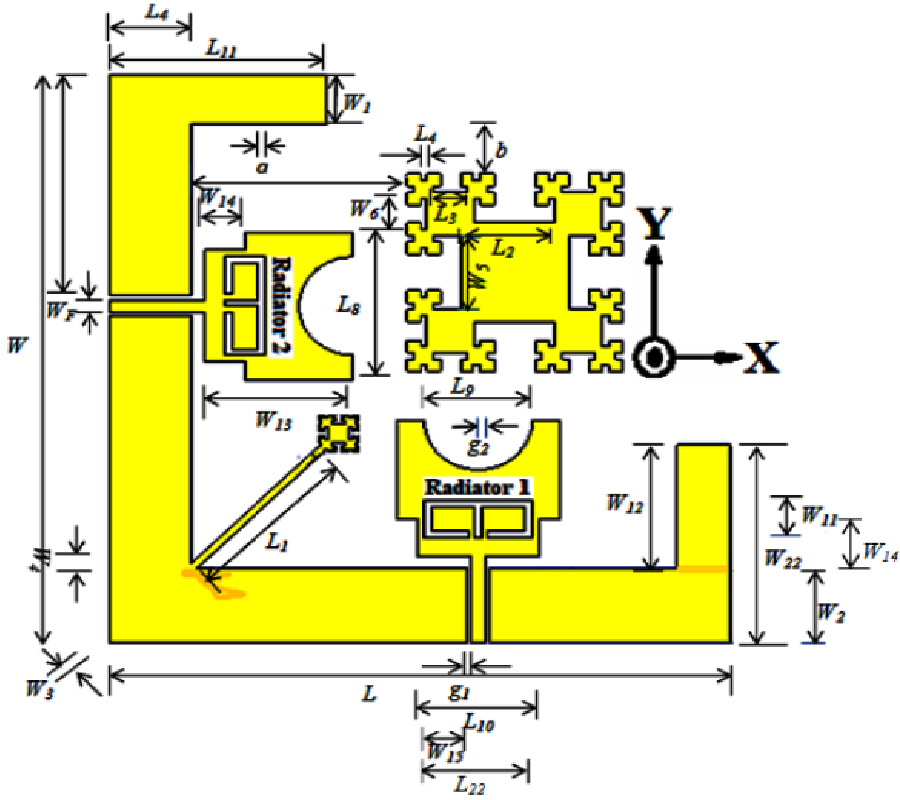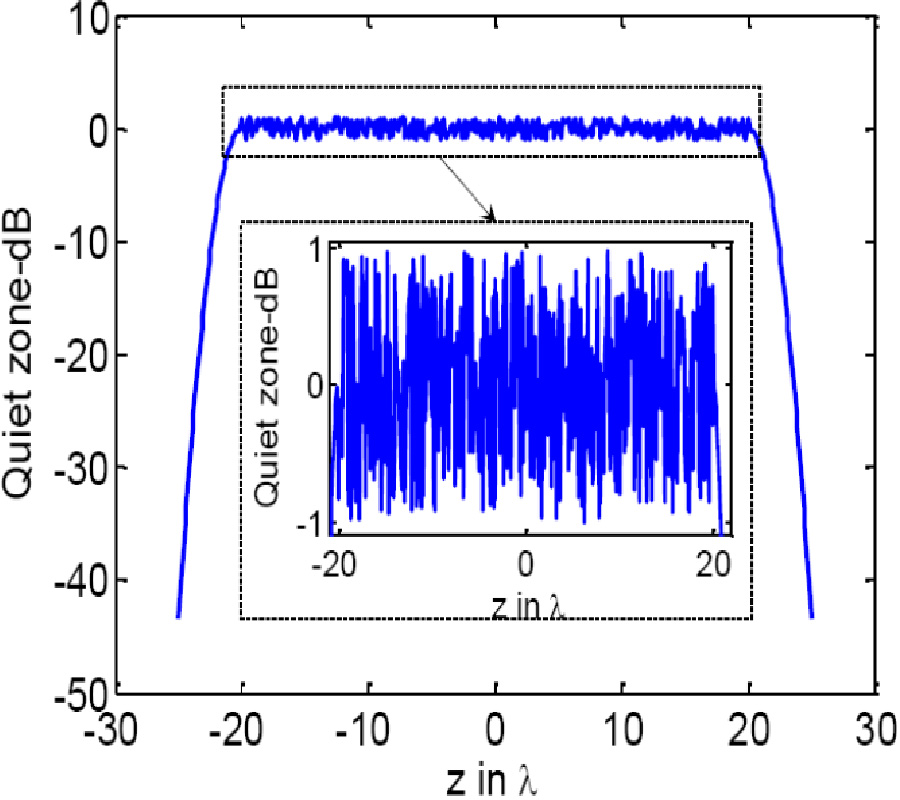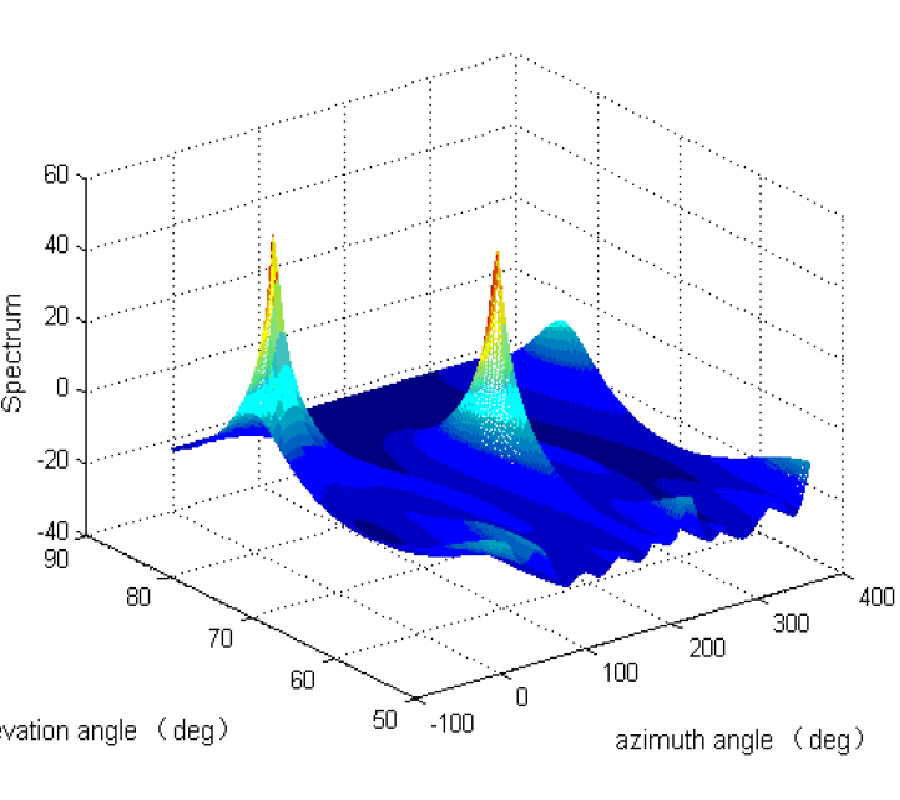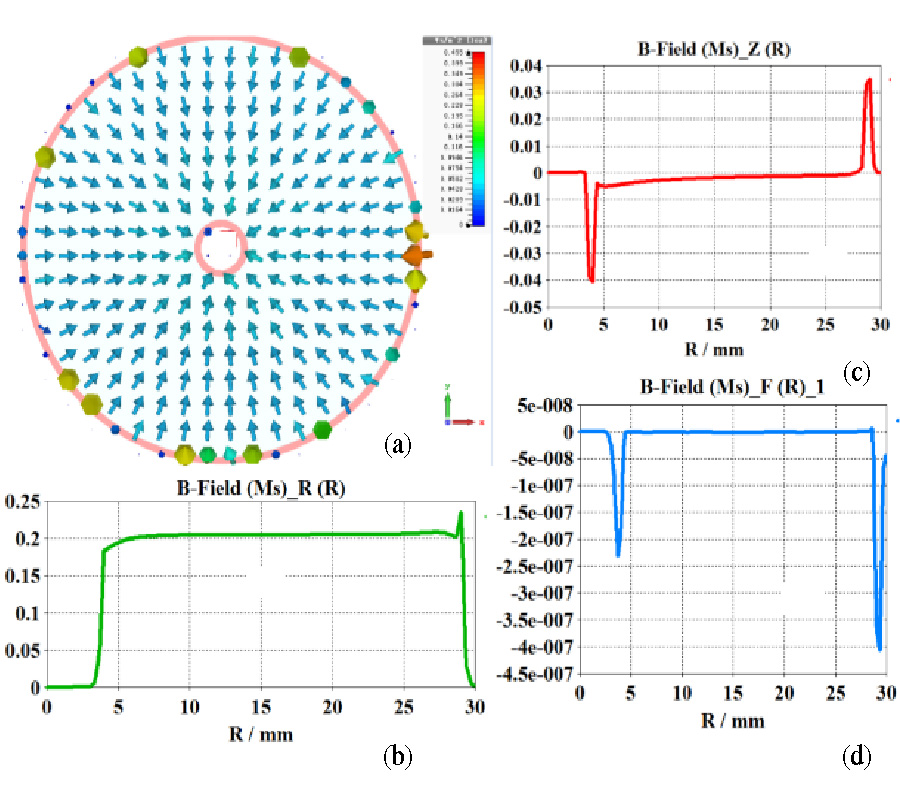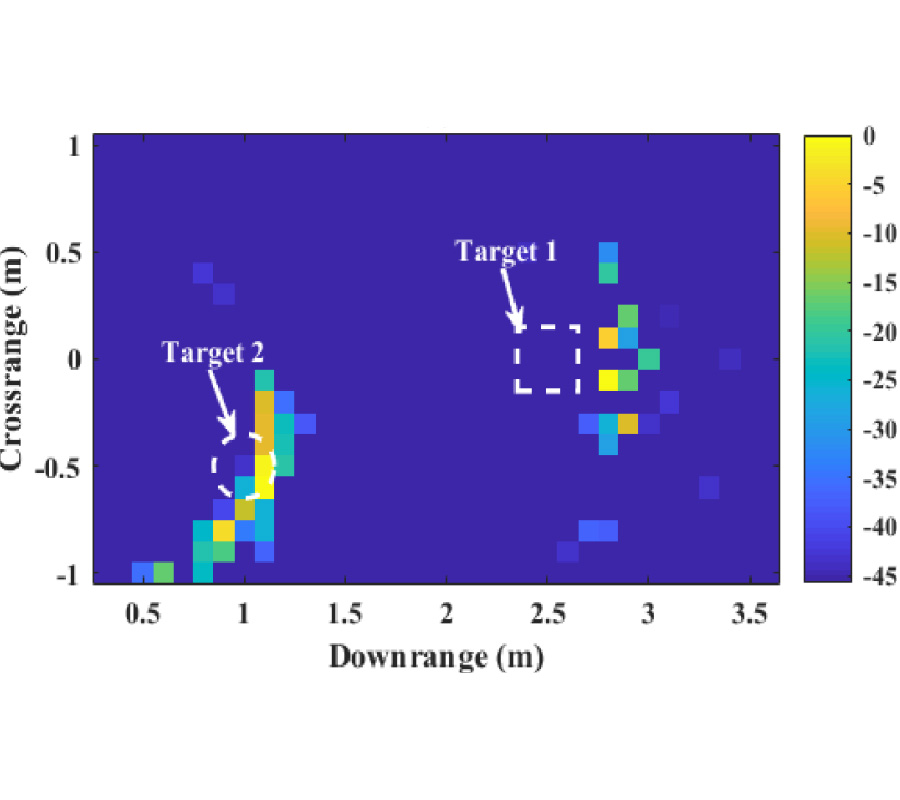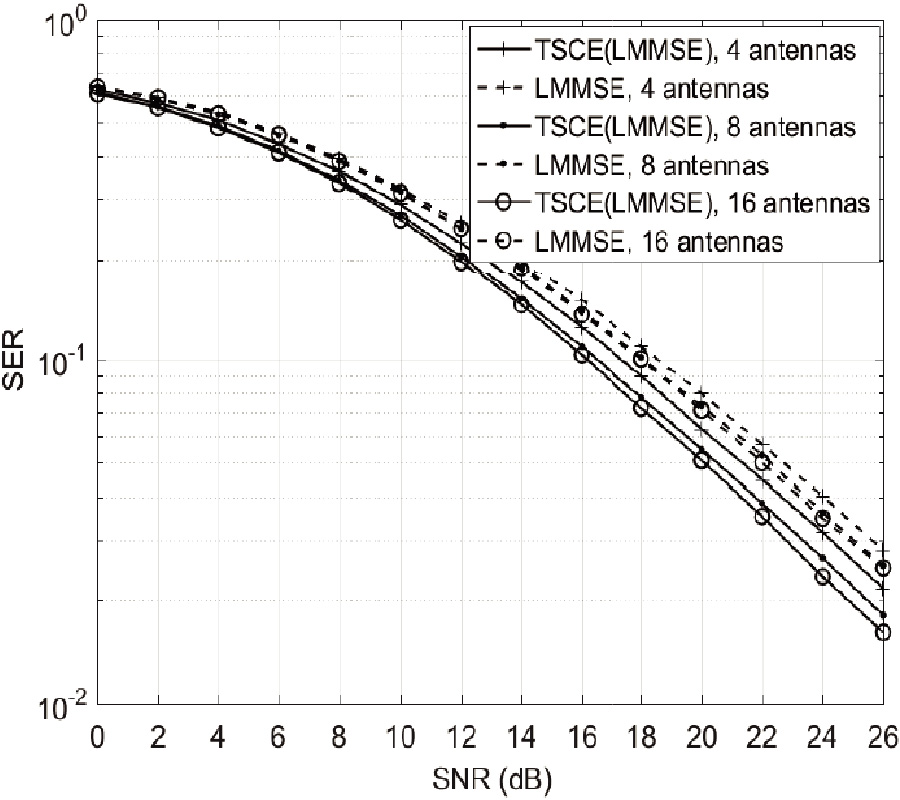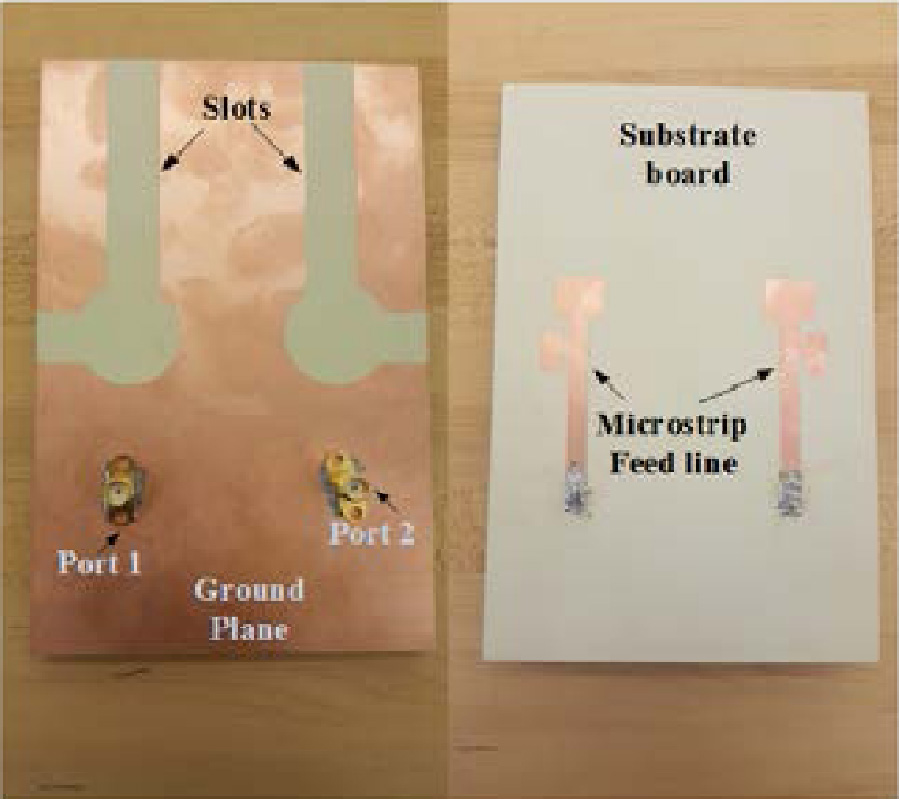Study on Silicon-Based Conformal Microstrip Angular Log-Periodic Meander Line Traveling Wave Tube
Tenglong He
,
Zhan-Liang Wang
,
Xinyi Li
,
Hexin Wang
,
Wei Shao
,
Hanwen Tian
,
Ling-Na Yue
,
Hua-Rong Gong
,
Zhaoyun Duan
,
Yan-Yu Wei
and
Yu-Bin Gong
Angular log-periodic meander line (ALPML) traveling wave tube (TWT) is one kind of low voltage miniature TWT. In order to decrease high frequency loss, avoid charge accumulation and enhance coupling impedance, the conformal microstrip ALPML TWT based on silicon substrate is proposed in this paper, which means that the projections of silicon supporting structure and metallic microstrip meander line are same in the top view. The microfabrication technology DRIE can be used to fabricate this structure. Compared with the conventional microstrip ALPML TWT, the coupling impedance of conformal microstrip ALPML TWT increases 50%. The particle-in-cell (PIC) simulation results reveal that the output power of conformal microstrip ALPML TWT can reach 220 W at 35 GHz, while the efficiency is 20%. The 3-dB bandwidth reaches 14 GHz in the frequency range between 28 GHz and 41 GHz when the operating voltage and radial sheet beam current are 3600 V and 0.3 A, respectively.


